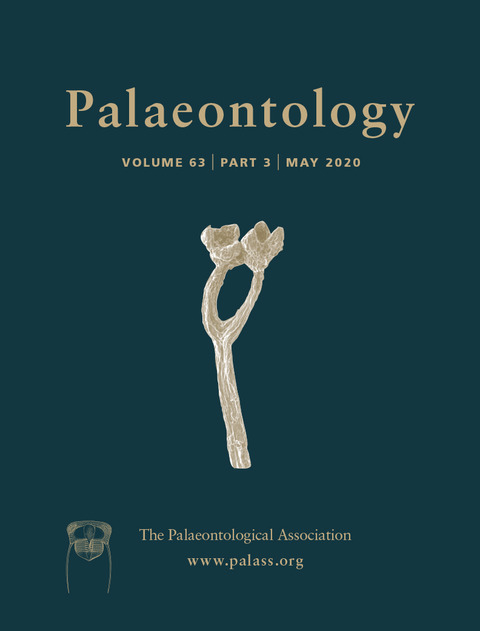Reg. Charity No. 1168330

Echimyidae is a species‐rich clade of Neotropical rodents, which diversified in association with forested biomes. Since the late Miocene, a few lineages from southern South America have been adapted to open environments. Eumysops is one of these southern echimyids, and its peculiar craniomandibular morphology has been assumed to be a result of adaptation to open environments. We performed a geometric morphometric analysis of craniomandibular shape variation to explore whether, as suspected, Eumysops is divergent from other echimyids and octodontoids. In addition, we explored whether deterministic factors driven by different ecological dimensions can explain the diversification of shape among octodontoids. We found that craniomandibular shape variation in octodontoids was related to ecological variables. Comparing competing evolutionary models suggested that the input of selective factors play a key role in octodontoid craniomandibular shape diversification; habitat and habits were found to be the most influential factors. In the analysed morphospaces, Eumysops was located distant from other echimyids due to its distinctive traits, especially wide and posteriorly displaced orbits, and related low craniomandibular joint. Divergent orbits and resulting wider panoramic vision support the interpretation of Eumysops as an open‐habitat specialist echimyid. But what is more relevant, is that Eumysops occupied a sector of the octodontoid cranial morphospace not filled by living representatives; this highlights the contribution of fossils in providing key information on the specialization boundaries explored by a clade throughout its history.